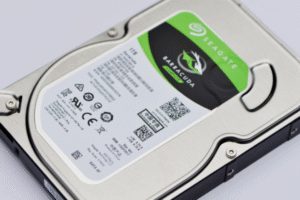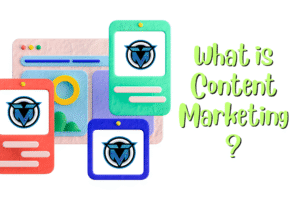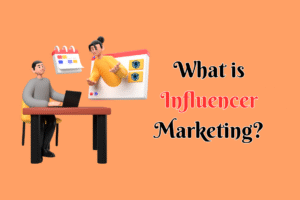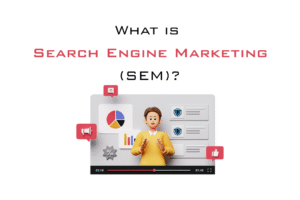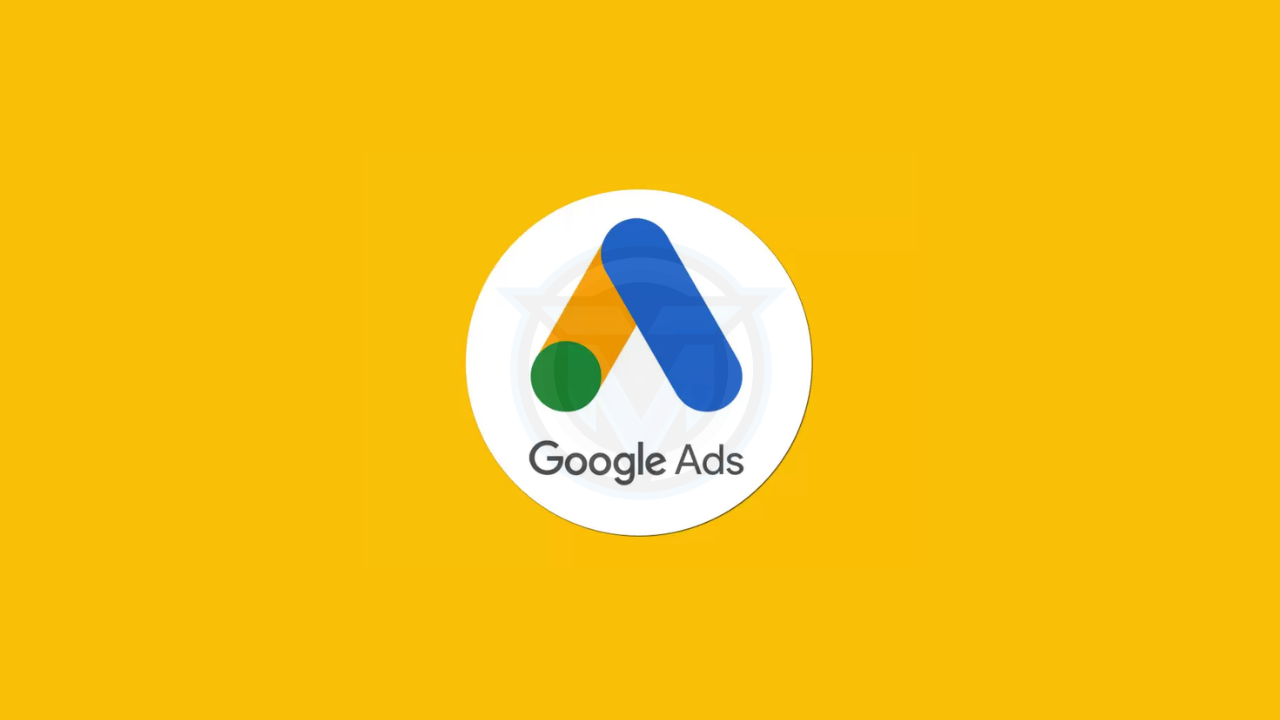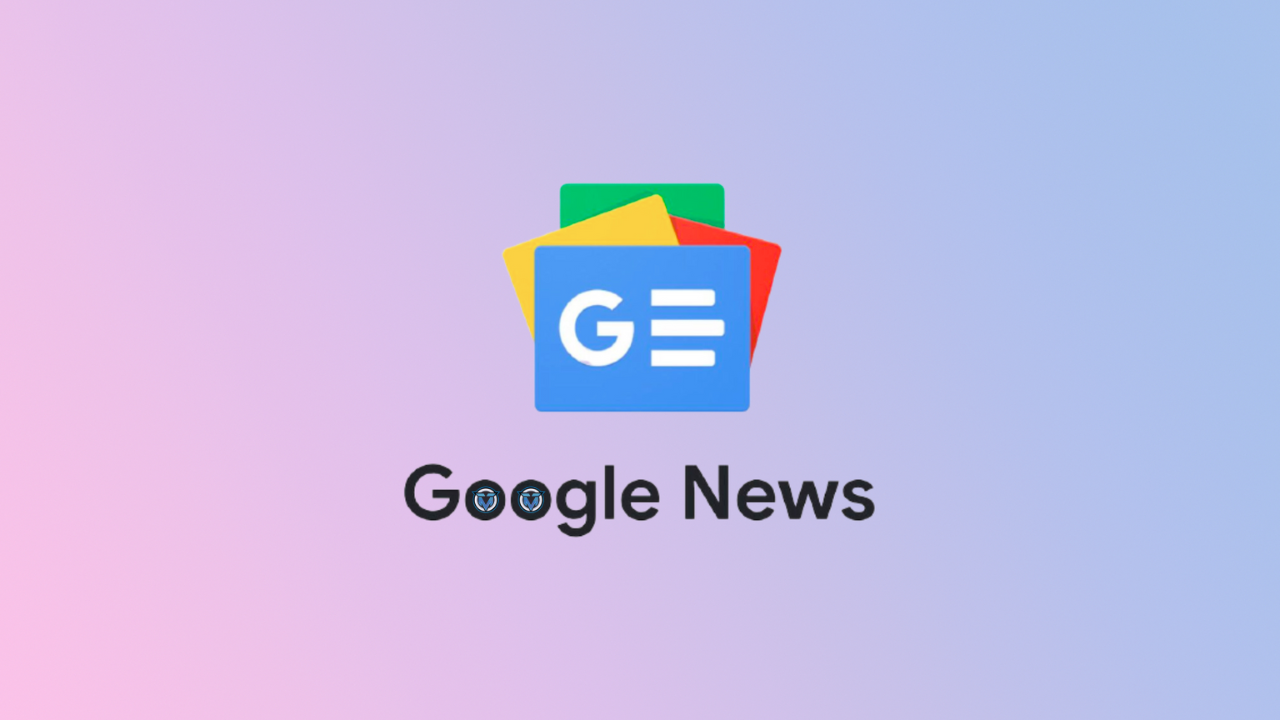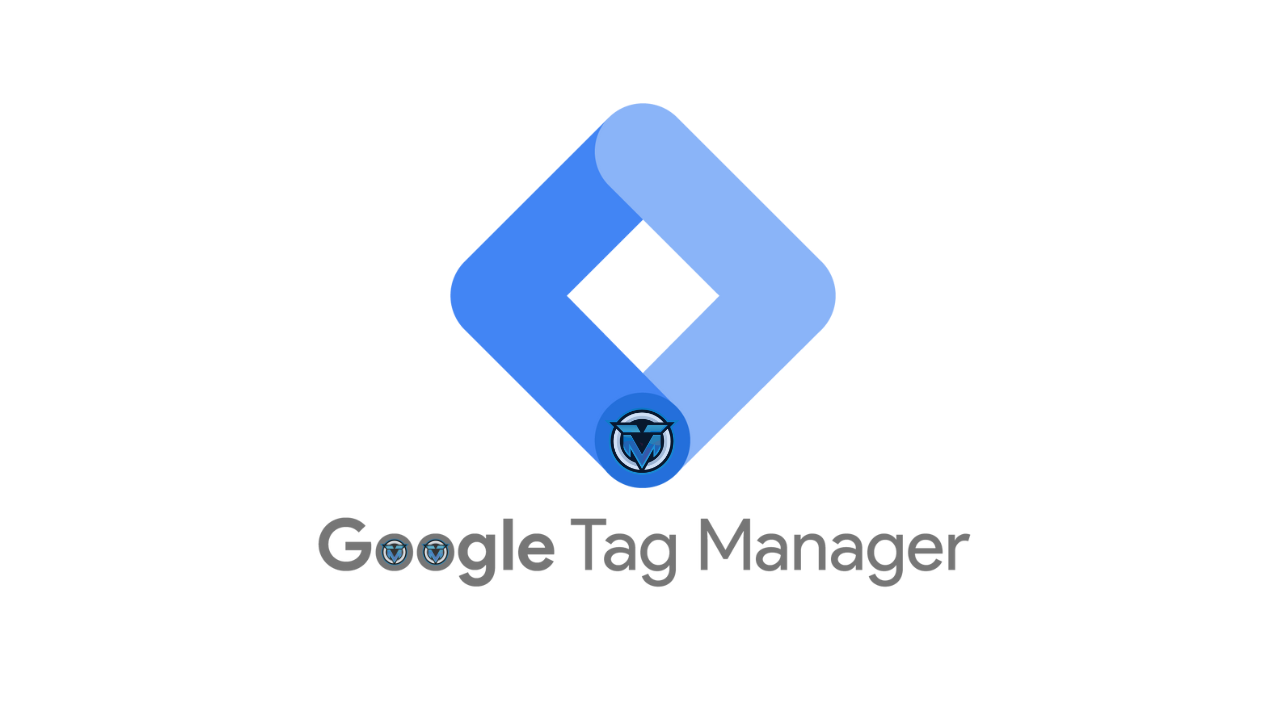In today’s digital-first world, businesses of all sizes are striving to gain visibility online, generate leads, and boost sales. One of the most effective ways to achieve these goals is through Google Ads—Google’s online advertising platform that puts your business in front of potential customers precisely when they’re searching for what you offer.
Whether you’re a small business owner, digital marketer, or entrepreneur, understanding how Google Ads works can help you maximize ROI, improve targeting, and increase traffic to your website or store.
In this comprehensive guide, we’ll cover:
- What is Google Ads?
- How Google Ads works
- Types of Google Ads campaigns
- Benefits of using Google Ads
- How to set up a Google Ads campaign
- Key metrics and optimization tips
- Common mistakes to avoid
- Google Ads in 2025: What’s new?
📌 What Is Google Ads?
Google Ads, formerly known as Google AdWords, is Google’s pay-per-click (PPC) advertising platform that allows businesses to display ads on Google Search, YouTube, Google Maps, Google Shopping, Gmail, and across millions of websites in the Google Display Network (GDN).
When you use Google Ads, you’re essentially bidding to display your ads to users based on specific keywords, demographics, interests, or behaviors.
Ads can appear in several formats:
- Text Ads (Search results)
- Display Banners (Websites and apps)
- Video Ads (YouTube)
- Shopping Ads (E-commerce products)
- App Promotion Ads
⚙️ How Does Google Ads Work?
Google Ads operates on a pay-per-click (PPC) model, which means you only pay when someone clicks your ad. The platform uses a bidding system to determine which ads show up and in what order.
🔑 Key Components of How Google Ads Works:
1. Keywords
You choose specific keywords related to your product or service. When someone searches using those terms, your ad may appear.
Example:
If you’re selling athletic shoes, you might bid on keywords like “buy running shoes” or “best sneakers 2025.”
2. Bidding
Google Ads uses an auction system. You set a maximum bid—how much you’re willing to pay for a click. The higher your bid (combined with ad quality), the more likely your ad appears.
3. Quality Score
Google evaluates your ad based on:
- Expected click-through rate (CTR)
- Ad relevance
- Landing page experience
A higher Quality Score can lower your cost per click (CPC) and improve ad position.
4. Ad Rank
Ad Rank determines where your ad shows up. It’s calculated as:
Ad Rank = Bid Amount × Quality Score
Even if your competitor bids higher, you can win a better position with a high-quality ad.
5. Targeting
You can fine-tune who sees your ads based on:
- Location
- Language
- Device (mobile or desktop)
- Time of day
- Demographics
- Interests and behaviors
📊 Types of Google Ads Campaigns
1. Search Ads
- Appear at the top of Google Search results
- Text-based
- Ideal for high-intent searches (e.g., “buy laptop near me”)
2. Display Ads
- Visual banner ads
- Appear on websites, apps, and Gmail
- Great for brand awareness and retargeting
3. Shopping Ads
- Display product image, price, and store name
- Shown in Google Shopping and search results
- Perfect for e-commerce brands
4. Video Ads (YouTube)
- Skippable or non-skippable video ads
- Appear before, during, or after YouTube videos
- Effective for storytelling and product promotion
5. App Campaigns
- Promote mobile apps across Google Search, Play Store, YouTube, and Display Network
- Drive app downloads and engagement
6. Performance Max (New in 2025)
- A smart campaign type that uses automation
- Combines search, display, video, and shopping into one campaign
- AI-driven targeting and bidding
✅ Benefits of Using Google Ads
🔹 Instant Visibility
Get your business in front of potential customers immediately after launching a campaign.
🔹 Targeted Reach
Google Ads allows laser-focused targeting, increasing the chances of converting leads into sales.
🔹 Full Control Over Budget
You can set daily or monthly budgets and pause or stop campaigns at any time.
🔹 Performance Tracking
Get access to detailed analytics and real-time metrics such as:
- Clicks
- Impressions
- Conversion rate
- Cost-per-click (CPC)
- Return on ad spend (ROAS)
🔹 Remarketing Capabilities
Show ads to people who’ve already interacted with your site but didn’t convert.
🛠️ How to Set Up a Google Ads Campaign
Step 1: Create a Google Ads Account
Go to ads.google.com and sign up.
Step 2: Choose Your Campaign Goal
- Sales
- Leads
- Website traffic
- Brand awareness
- App promotion
Step 3: Select Campaign Type
Choose from Search, Display, Shopping, Video, App, or Performance Max.
Step 4: Define Target Audience
Specify geography, device, language, demographics, and more.
Step 5: Choose Keywords
Use Google’s Keyword Planner or competitor research to select high-intent keywords.
Step 6: Set Budget and Bidding Strategy
Choose manual or automated bidding and define your daily or monthly ad budget.
Step 7: Write Your Ads
Create compelling headlines, descriptions, and calls to action (CTAs).
Step 8: Launch and Monitor
Once approved, your ads go live. Monitor performance and optimize regularly.
📈 Key Metrics to Track
To measure your campaign’s effectiveness, monitor these KPIs:
- CTR (Click-Through Rate): Measures how many people clicked your ad.
- CPC (Cost Per Click): How much each click costs.
- Conversion Rate: Percentage of clicks that led to a desired action.
- Impressions: Number of times your ad appeared.
- Quality Score: Affects your cost and ranking.
- ROAS (Return on Ad Spend): Measures revenue generated from ads.
🚫 Common Mistakes to Avoid
- Using broad or irrelevant keywords
- Ignoring negative keywords
- Not optimizing landing pages
- Setting and forgetting campaigns
- Not testing ad copy or creatives
- Poor tracking of conversions
Avoiding these mistakes ensures your ads remain cost-effective and result-driven.
🚀 Google Ads Trends in 2025
With AI and machine learning taking center stage, here’s what’s new in Google Ads:
1. AI-Powered Ad Creation
Google now auto-generates headlines, images, and calls-to-action based on best-performing data.
2. Performance Max Campaigns
Unified campaign strategy using automation across all Google properties.
3. Voice Search Integration
Optimizing ads for voice searches, especially on mobile and smart home devices.
4. Privacy & Cookie-less Targeting
Increased reliance on first-party data and contextual targeting.
5. Augmented Reality (AR) Ads
Especially in shopping and lifestyle products, AR-based ad previews are gaining momentum.
🧠 Final Thoughts
Google Ads is one of the most powerful online advertising platforms available today. It offers unmatched reach, precision targeting, and scalable results for businesses of all sizes. Whether you’re looking to boost traffic, generate leads, or skyrocket your e-commerce sales, a well-managed Google Ads campaign can deliver impressive ROI.
To succeed, it’s crucial to understand how the system works, use data-driven strategies, and continuously optimize your campaigns. With the right setup and execution, Google Ads can become a key driver of your digital marketing success in 2025 and beyond.


